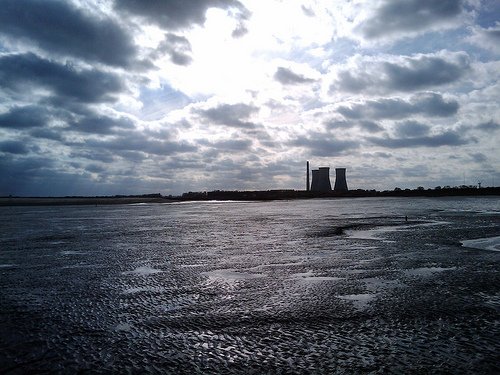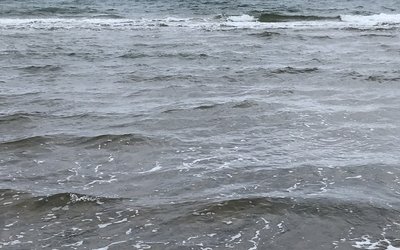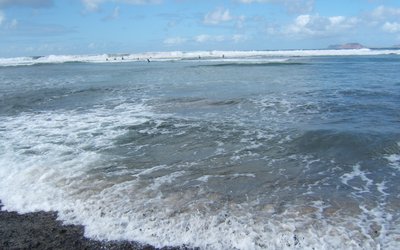
Warming rivers
Projections of daily river discharge and water temperature under future climate have been made, based on a global physically based hydrological-water temperature modelling framework forced with the output of three global climate models (GCM’s) for the SRES A2 and B1 emissions scenarios. Impacts of anthropogenic heat effluents from thermoelectric power plants on water temperature were incorporated.
The results show an increase in the seasonality of river discharge (both increase in high flow and decrease in low flow) for about one-third of the global land surface area for 2071–2100 relative to 1971–2000. Global mean river water temperatures are projected to increase on average by 0.8–1.6°C for 2071–2100 relative to 1971–2000; projected high (95th percentile) river water temperature increase is 1.0–2.2°C. The largest water temperature increases are projected for the United States, Europe, eastern China, and parts of southern Africa and Australia.
For the high northern latitude, results show an increase in mean annual river discharge and high flows (the 95th percentile of the daily distribution (Q95)); for southern and central Europe, a decrease in mean annual river discharge and high flows is projected. In Europe (except northern part) a reduction of low flows (10th percentile of the daily distribution (Q10)) is projected. River discharge seasonality is projected to increase.
The basin average increases in mean water temperature are 2.1°C for the Danube, 1.9°C for the Rhine, and 2.1°C for the Rhone. Projected increase of high water temperatures (95th percentile in daily distribution; Tw95) is 2.6–2.8°C; mostly due to atmospheric warming, partly due to declines in summer low flow (for the Danube, for instance: 74% due to atmospheric warming, 26% increase due to declines in summer low flow).
Consequences of higher water temperatures
Regions characterized by a combination of large reductions in (low) river flows and increases in water temperatures under future climate, such as southern and central Europe, could potentially experience increased deterioration of water quality, freshwater habitats and reduced potentials for human water use in the future compared to the current situation.
Declining river flows decrease their dilution capacity, resulting in increased concentrations of effluents from point sources. In addition, rising water temperatures decrease oxygen solubility and concentrations and increase the toxicity of pollutants (e.g. heavy metals and organophosphates) to fish and other freshwater species. Freshwater organisms might also experience increased stress due to lower summer flows that decrease available habitats and the exceedances of critical water temperature thresholds.
Besides, thermoelectric power production may be reduced and concentrations of microbiological pollutants may increase. This could result in increased cost of water treatment to produce potable drinking water.
Source: Van Vliet et al., 2013. Global Environmental Change 23: 450-464.
Photo: Chris Roos (www.flickr.com)








